Spring is one of my favourite seasons. There is always so much going on and things are quite literally bursting into life. From flower buds and blossom, to birds and bees coming out and what doesn’t say spring more than lambs?!
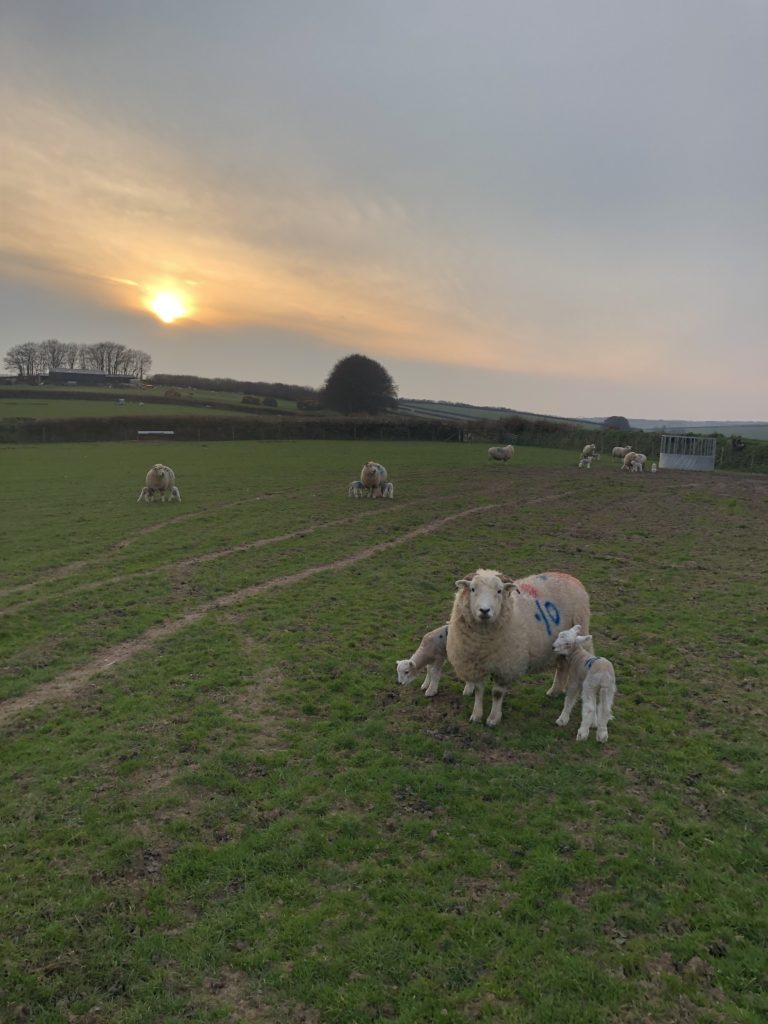
Matthew and I are fortunate that in addition to our mini-flock we also have the pleasure of helping at my Aunt and Uncle’s Hill Farm on Exmoor with their lambing. So, we get a taster in March with 4 ewes to 400 in April! Okay, so we don’t actually lamb all of them, we take a week’s stint to help with all things sheep and lambing over that period. It could be 50 {although unlikely} or like this year, around 160 have lambed during that week {for anyone wondering what I mean by lambed this is simply a sheep having a lamb whether by natural means or with a helping hand}.
I started helping around 9 years ago {Matthew joined in after we’d been together for a year, didn’t want to throw him in after a couple months dating 😂} and over this time though we’ve both learnt lots. One thing I won’t deny is that its blooming hard work but honestly, I wouldn’t stop doing it for the world! Saying that there has certainly been a tough year or two when you constantly look like you’ve been swimming it’s so wet, the gateways are impassable and the lambs cold. But when the sun shines and you see them stretching out then chasing the quad bike with leaps and skips, your heart sings. Anyway, on to the actual lambing bit…
{Apologies by the way if you already know all this stuff please feel free to just skip over it. I simply wanted to give an insight for anyone who doesn’t know much about the subject but I must reiterate that this is just our experience and how my family does things}.
On the farm, there are mainly two breeds of sheep: Exmoor Horns and Exmoor mules, the mules being a cross breed between a Blue-faced Leicester Ram and Exmoor Horn Ewe. In the Autumn, my Uncle will choose who will go to which ram depending on things like their age, what they look like and their breed. In late January/early February we have them scanned to tell us how many each is having and then feed them accordingly. A sheep’s gestation period is approximately 5 months, so in April the season kicks off. The farm starts later than we do with our mini-flock as a) we would like to show our sheep and generally show sheep always lamb earlier so they are bigger for the shows and b) because up on the moor it’s that bit colder so lambing is usually delayed till April when the grass should be growing and the weather a little better.
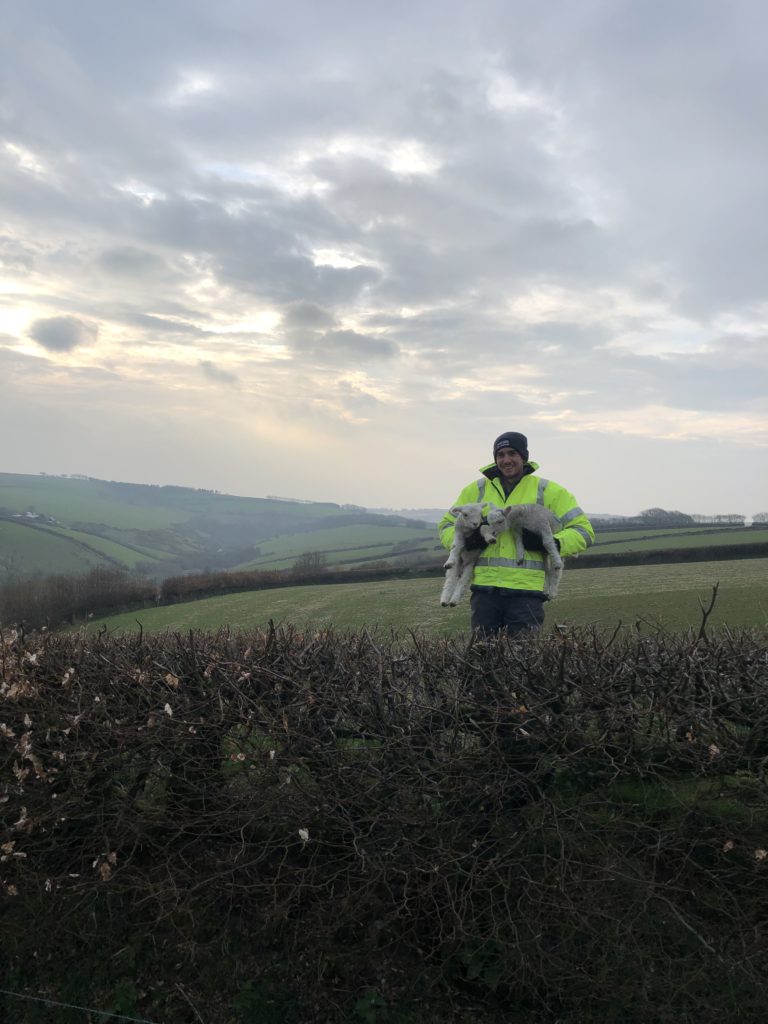
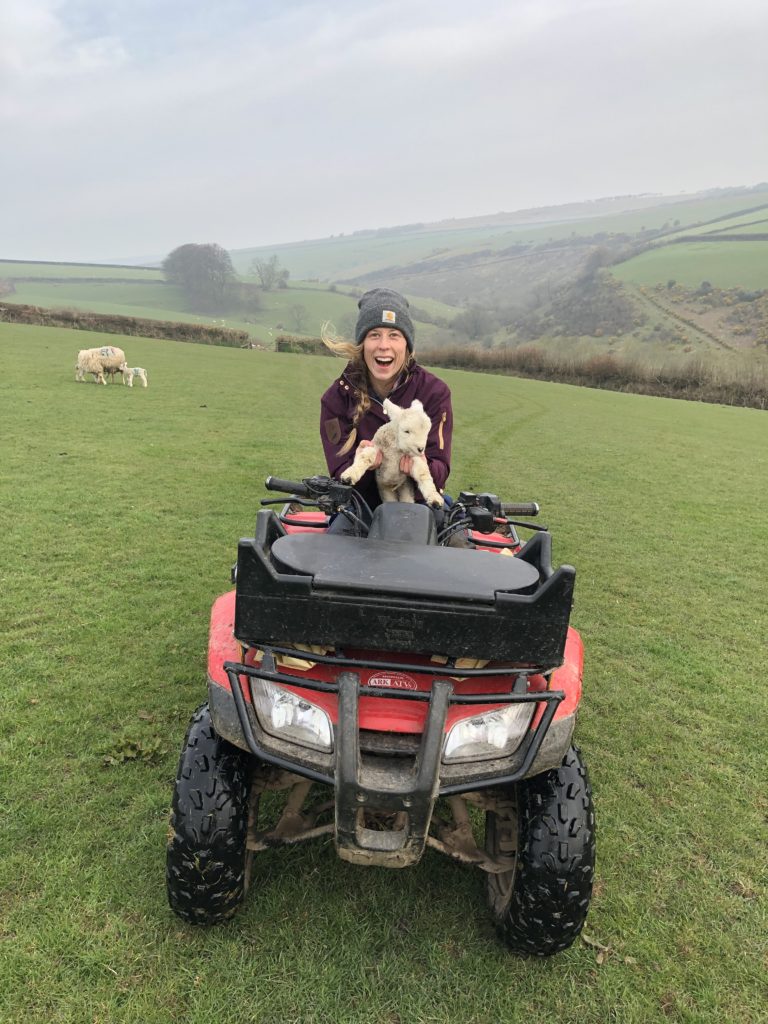
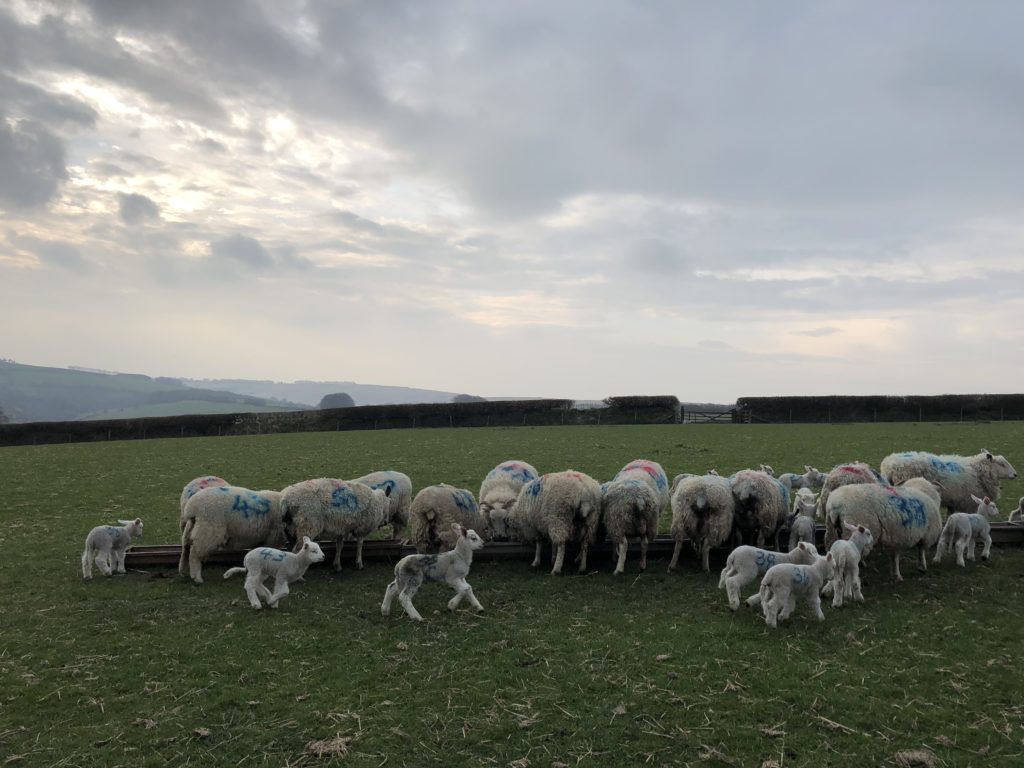
Different people use different methods for lambing; some do it all indoors, some all outside, for us we do a bit of both. Meaning the girls go out in the field during the day but come in to the shed at night. This just makes it a bit easier than in days of old when my uncle and his father before him would check them on foot {whatever the weather} by torch light throughout the night. For Matthew and I though, we generally work the day shift starting about 5:30/6am’ish. First things first we check on the pregnant ewes to see if there are any issues, then it’s on to checking and feeding all those in the fields. Fields are separated by how many lambs each mum has had and generally they are of similar age too. Ewes with a single lamb tend to be pretty good at keeping as a family unit and don’t require extra feed. However, for any twin mummies it’s a little harder especially when they’re running off somewhere together – we ensure that each ewe still has her two lambs and no mishaps have happened. There is normally one who has escaped into another field or is so fast asleep tucked up by a gate they don’t even realise they’re missing! We also give them some cake {that’s sheep nuts not actual cake!} to ensure they can produce enough milk to feed both babies.
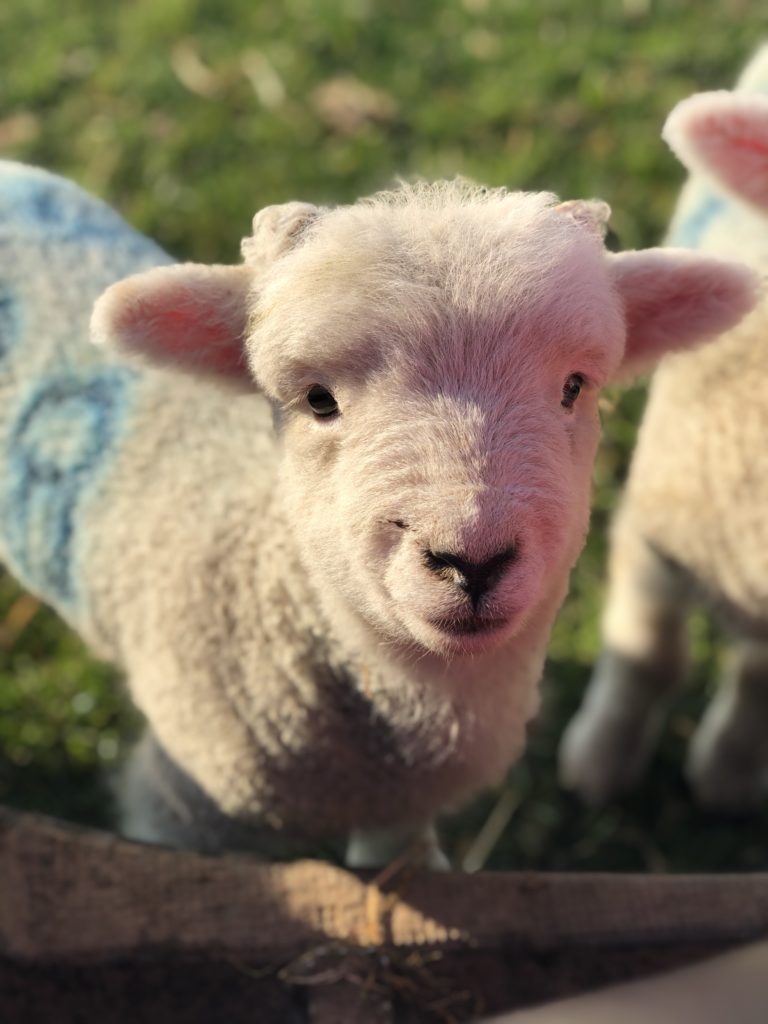
From there it’s then a case of doing whatever the day throws at you. There are the daily jobs of moving the newborns from the maternity field to their new homes. For a ewe with a single lamb this is most likely straight away, if there are no problems, whilst if they have twins {or even triplets} they come into the shed for the night to make sure both are okay and mum can cope with them {i.e. she has enough milk}. After lunch, it’s another round of feeding although this time it’s more of a dine and dash situation as we check them to make sure they are in their family groups last thing in the evening. In amongst these chores we are keeping an eye on anything that may need help giving birth or sorting problems that arise like a poorly lamb. Once the girls are in the shed it’s time for our dinner before we finish the shift with one last check about 9pm’ish.
So there you have it. A little insight into the my daily antics whilst on the farm during lambing. If you have any questions please feel free to leave a comment below or message me directly through the contact me page (or Insta!).
Yours Daisy x